Understanding the costly effect of corrosion on water/wastewater facilities
Billions of dollars from public and private agencies have been invested in water/wastewater infrastructure.
Within these important applications, the constant presence of water creates a corrosive environment that threatens long-term success of critical components, systems, and facilities. Consequently, water/wastewater requirements are primarily served using materials such as concrete, steel, stainless steel, cast iron, ductile iron, brass, and copper.1
Approximately 50% of operational and maintenance costs in the water and wastewater industry can be attributed to corrosion. Nearly 15% of treated water is lost annually in the U.S., which results in almost $3 billion of revenue loss each year. 90% of that lost water is caused by corrosion-related leaks.
To avoid the costly consequences of corrosion damage, specifiers must be able to implement prevention strategies that will work within a specific application. To do so, the first fundamental step is to understand corrosion and factors that might contribute to its occurrence.
The second essential step is to use such knowledge to specify products that will best resist corrosion-causing factors within the job’s particular environment. Some products are manufactured specifically to withstand corrosive environments in order to reduce replacement and rehabilitation costs that result from early product failure. As a key part of corrosion prevention strategies, it is essential to specify the correct products “up front,” as well as to make sure that specifications are respected during the purchasing and installation processes.
At the time specifications are written, the owner and specifier should collectively understand the important reasons behind each decision because both the cost-efficiency and long-term success of the project hinge on the integrity of these initial decisions and their subsequent enforcement.
Which contaminants lead to corrosion?
Knowing the various causes of corrosion in water/wastewater facilities is valuable knowledge for electrical specifiers when selecting electrical conduit for the facility. A “diagnosis” of the environment in which products will be used is essential to matching proven product performance properties with the fact that certain materials respond differently to corrosion caused by diverse factors.
Below are some typical culprits of corrosion commonly found in water/wastewater facilities that require special attention when making specifications for conduit.
Sodium Hypochlorite (Bleach) is added into treated water to be used as “Plant Water.” Sodium Hypochlorite pump stations are very corrosive, especially because the product is typically delivered via tanker trucks. The transfer upon delivery will usually result in spills or tank overflows, and there is always electrical conduit around the facility and pump stations. Due to the highly corrosive nature of Plant Water, protection of electrical wires is crucial, and PVC-Coated conduit and fittings are recommended to prevent early failure and high replacement costs.
- Polymer is pumped into wastewater sludge as a thickening agent. A similar procedure is in place for trucking in the polymer, which usually results in spills and overflows. Again, PVC-Coated conduit and fittings are a must in this type of area.
- Liquid oxygen is used in the industry to produce oxygen to feed, grow, and multiply microorganisms. An on-site Liquid oxygen plant can always be seen due to the familiar fog rolling off of it. This means that the plant is in sub-zero temperatures and endures a lot of expanding and contracting of the electrical conduit, which can make wires vulnerable to the corrosive elements present within the facility. Using an ETL-Verified conduit helps maintain the structural integrity of a full conduit system.
- Hydrogen Sulfide (H2S) is obtained from waste activated sludge, typically by a foul air system. Electrical contractors continually find that H2S is highly corrosive and usually leaves a white crystalized residue on anything within its vicinity. The H2S will corrode galvanized metals and conduit. When the best performing PVC-coated conduit is specified, and in place, contractors can usually wipe off this residue and see that the conduit was unharmed.
- Waste activated sludge (WAS) undergoes a process that turns it into thickened waste activated sludge (TWAS), which usually takes place in a dome structure. The inside of these domes is probably one of the most corrosive areas found in wastewater facilities. The H2S inside the dome is raw, causing a dense air concentrate to form. Combined with the extremely high humidity inside the dome, moisture and H2S permeate the air to create a highly corrosive environment for electrical components. ETL-verified conduit is necessary to prevent product failure in such extreme conditions.
Where can electrical industry professionals gain additional knowledge about corrosion?
Many electrical industry professionals working in the water/wastewater industry know that they would benefit from additional education about corrosion and prevention and accept the fact that expanded knowledge could greatly reduce overall cost on projects. To justify the time spent away from the job, such instructional opportunities must truly address professional challenges without being “sales pitches” for individual products.
As corrosion continues to be more of an issue, education around corrosion has become a higher priority. Today, there is more education around corrosion than ever before. Seeking knowledge from a university or third-party accredited course can be very beneficial.
Below are testimonials from two electrical contractors who have attended a corrosion course and utilized their newly gained knowledge to reduce the high cost of corrosion on their job sites.
Randy Cox, Colburn Electric — using knowledge to achieve upfront cost competitiveness combined with long-term value.
In some instances, environmental factors, combined with the corrosive chemicals used in facilities, can amplify the occurrence of corrosion. Randy Cox of Colburn Electric explains his experience:
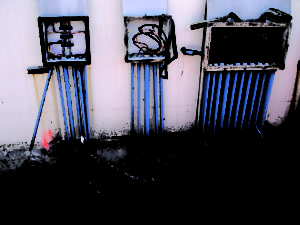
“I have worked extensively overseas and in 22 states across the U.S., but in my own backyard of Crescent City, California, is a wastewater treatment facility that has the distinction of being the most corrosive jobsite that I have ever dealt with. The average rainfall here is more than 60” per year. Our job location borders the ocean beach.
“The chemicals used in the wastewater process combine with salt air from the Pacific to create the ideal breeding ground for corrosion. For that reason, when it comes to reliably protecting electrical raceways and connections, specifying the right conduit product is essential to project survival and success.”
Brown & Caldwell Engineering, the design firm responsible for rehabilitating the Crescent City wastewater plant, specified that PVC-coated galvanized rigid conduit be used for outdoor areas and all other corrosive areas around the facility. When the electrical contractors for the project, Colburn Electric, had to specify the most appropriate brand of the PVC-coated conduit, they felt that it was equally important to compare up-front costs, as well as potential longer-term costs, which could be determined by evaluating the histories of product performance and service life of each brand.
Long-term product performance is a major factor in reducing costs for a utility plant, or any kind of plant, as downtime due to product failure leads to extremely high costs. Corrosion has often hindered the operation of facilities when product selection was rushed or purchased based on initial cost. Selecting substandard products eventually leads to expensive and potentially unsafe conditions.
Colburn Electric specifies only ETL-Verified conduit, as they believe that the most cost-efficient method is to select products that perform the way they are intended to over time.
Mat Puckett, Berg Electric — using knowledge to establish best practices and proper installation aimed at beating the high costs of corrosion.
Mat Puckett currently works in the water and wastewater industry in Orange County, California. He explains that:
“We constantly battle corrosion because many of the water/wastewater facilities we work on are located near the corrosive ocean — and many use a variety of corrosive chemicals.
“Our firm is typically brought in to replace the failed electrical conduit running throughout the plant to eliminate the potentially dangerous situation of exposed wire that could threaten employees operating the plant and equipment. As mentioned above, the dome facility where WAS turns into TWAS is a highly corrosive area. I have seen regular old PVC-Coated pipe running into an old FS [Ferrous shallow] box with a switch cover on it. I went to turn on the lights in the dome and the switch cover broke off exposing live electrical wires. Fitting screws were so corroded the covers would just fall off with a nudge. The potential damage from the failure of the electrical products could have been huge, which is why selecting the best product up front is essential for any electrical specifier.
“Most facility owners are not aware of the high rehab costs when initially specifying products such as conduit. Those costs include the cost of labor to remove the product, as well as the purchase and installation of the new product. The biggest cost, however, is due to plant downtime during the rehab. Downtime often leads to lost business. Plus, there is the extra labor expense for the plant operators to create a rerouting plan for the water/wastewater during the scheduled outage.”
After working on several projects requiring the replacement of PVC-coated rigid conduit, Mat realized that poor bonding of the PVC-coating to the substrate of the conduit was the single major reason for product failure because it allowed corrosive elements to reach the susceptible metal.
Today, Mat only specifies PVC-coated conduit that carries the ETL-Verified label. The reason? ETL PVC-001 Verified Conduit has been independently proven to provide ten or more times the protective product service life when compared to other brands that have not met established ASTM test standards upon which the use of an ETL PVC-001 label is authorized.
For Mat, the additional information he gathered reassured him that he had been making the right choice by always insisting that his workers fully understand correct installation techniques for PVC-coated conduit and that they are aware of the importance of using proper tools to prevent any damage to the coating. As an additional benefit, having his team do an excellent job meant that the manufacturer’s warranty would be honored if necessary.
Installing PVC-Coated conduit should be approached as true craftsmanship because making sure it is done right the first time significantly reduces long-term cost.
The Solution for Preventing Corrosion
Water and wastewater facilities are highly corrosive environments due to the large amounts of water processed daily and the corrosive chemicals used during treatment processes. This high risk of corrosion damage can cause premature equipment failure, product replacement, facility renovation, and temporary facility shut down — all of which drastically increase costs.
To prevent these unnecessarily high operational and maintenance costs, corrosion must be prevented up-front, as well as in the long run. The best way to build a prevention strategy is for specifiers to be well-educated about the many factors that cause corrosion and the reliable products that can protect against corrosion.
References
1. NACE International. Waste & Wastewater. NACE.org. Source: http://www.nace.org/Corrosion-Central/Industries/Water—Wastewater/#sthash.O9G1sqe6.dpuf
2. Thomas Publishing Company. Wastewater Chemical Treatment Process. Class III Water and Wastewater Operator in North Dakota and Arizona…F2 certified Water Treatment Plant Operator, State of Michigan. Thomasnet.com. Source: http://www.thomasnet.com/articles/chemicals/wastewater-chemical-treatment
Stephanie Ellis is the director of Corrosion College, an accredited two-day course on corrosion and corrosion prevention methods. Successful completion of the course earns 1.5 Continuing Education Units (CEUs) or 15 Professional Development Hours (PDHs). Corrosion College is accredited by Texas A&M, Purdue University, Kilgore College and nationally recognized by AIA and PDHseminars.com. Since 1996, more than 3,500 electrical distributors, sales representatives, contractors, inspectors, end-users and specifying engineers have experienced the value-added benefits associated with attending Corrosion College.
To learn more, visit: www.CorrosionCollege.com





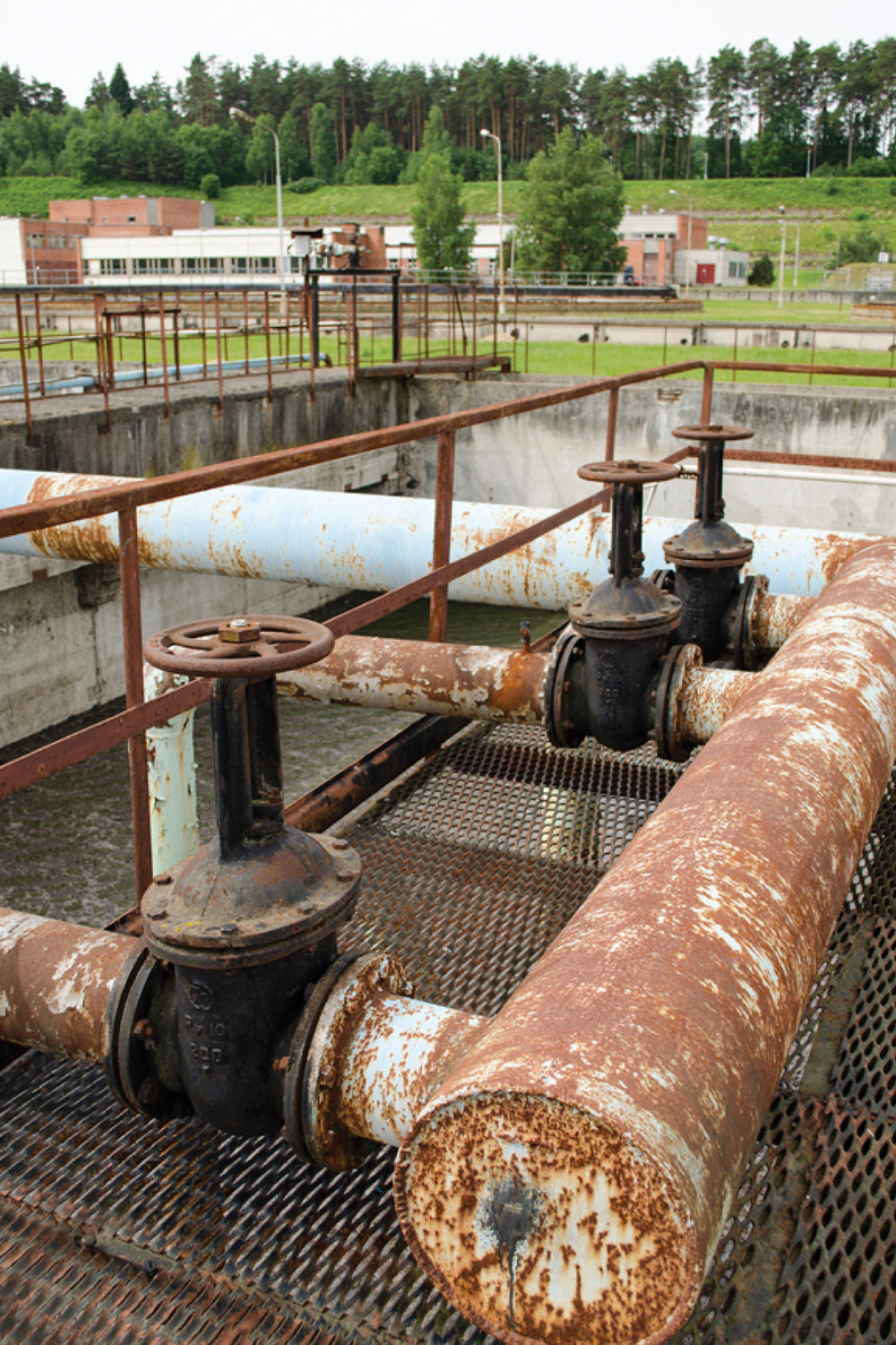
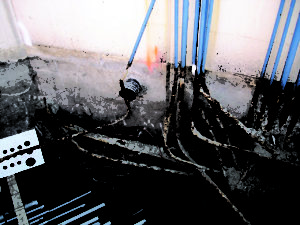






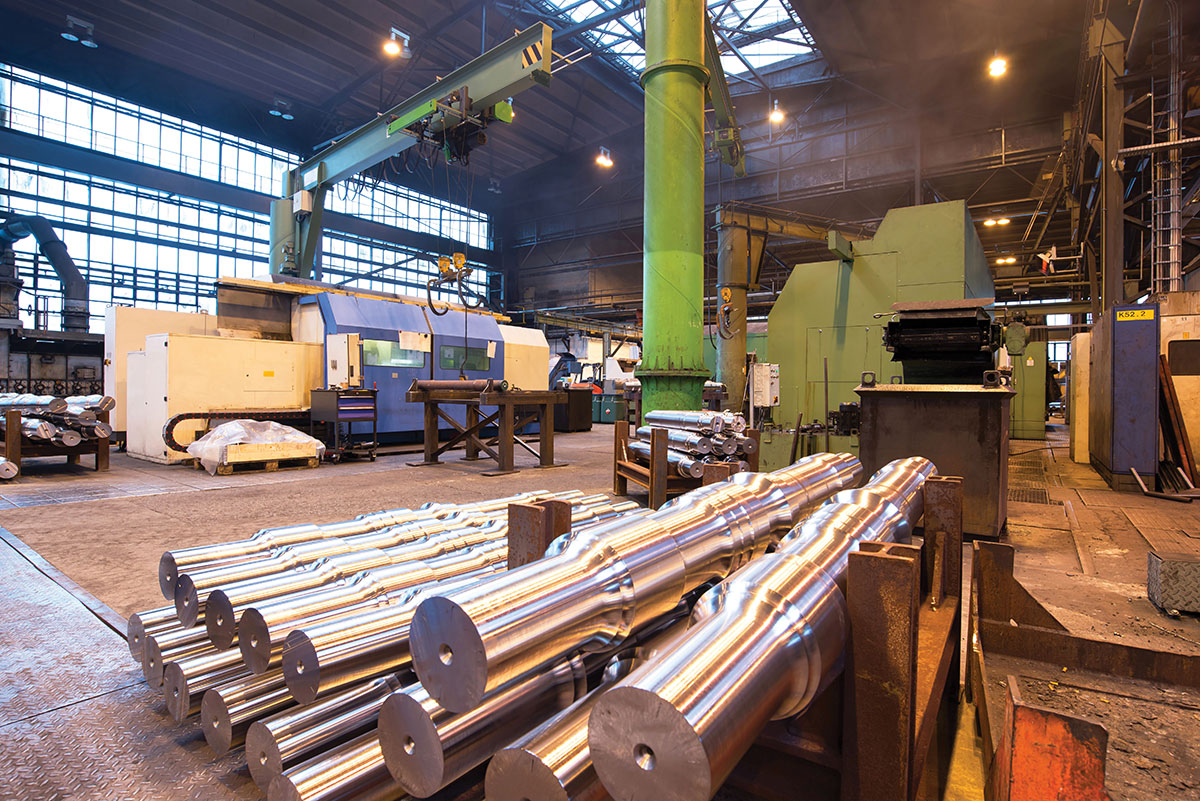
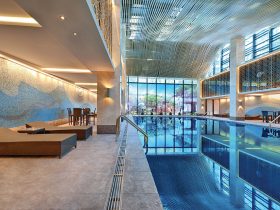

Find Us on Socials